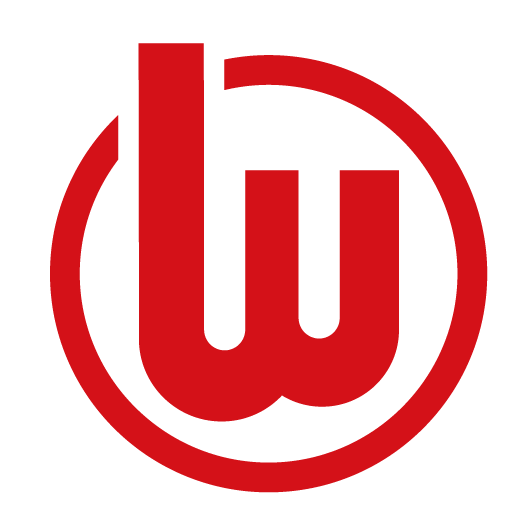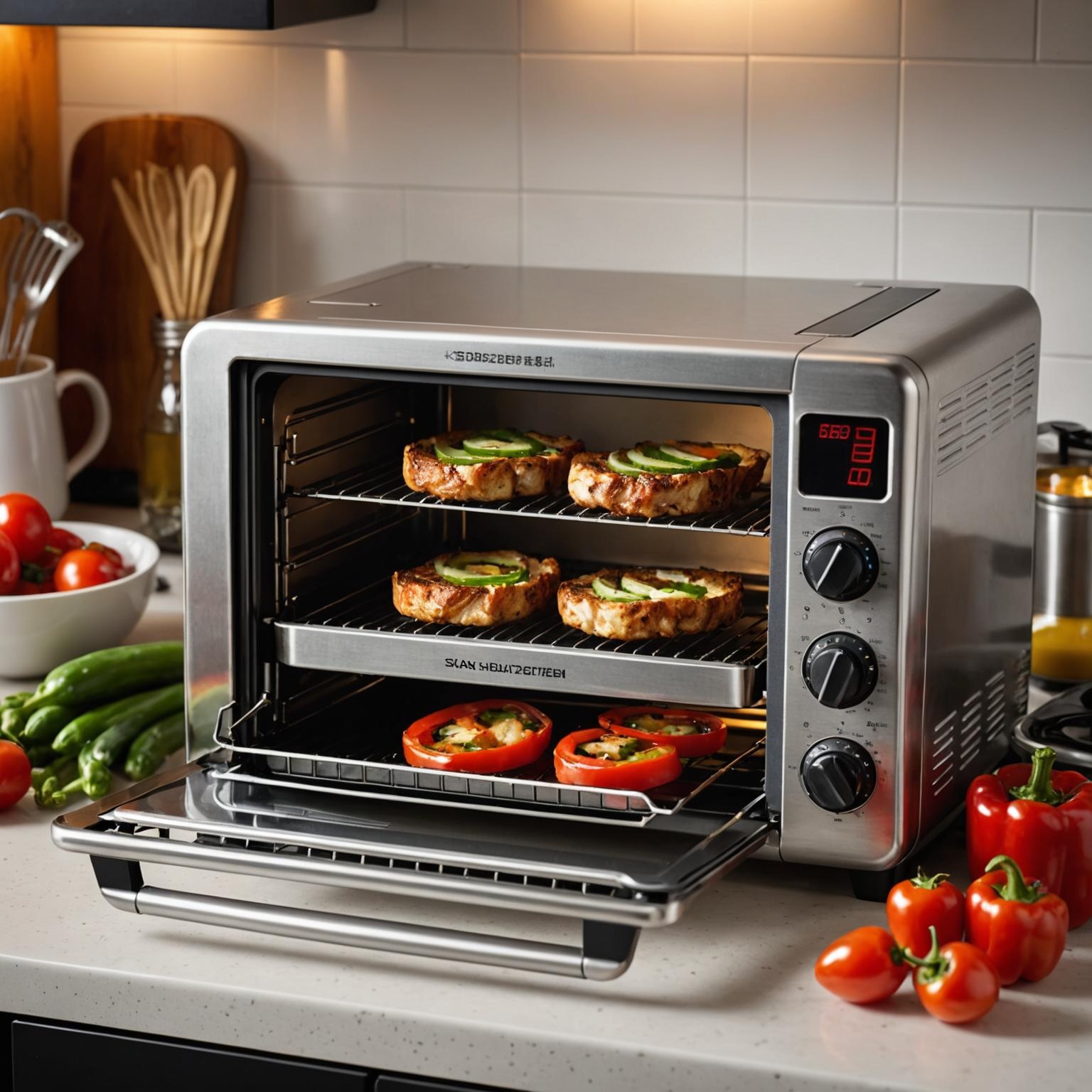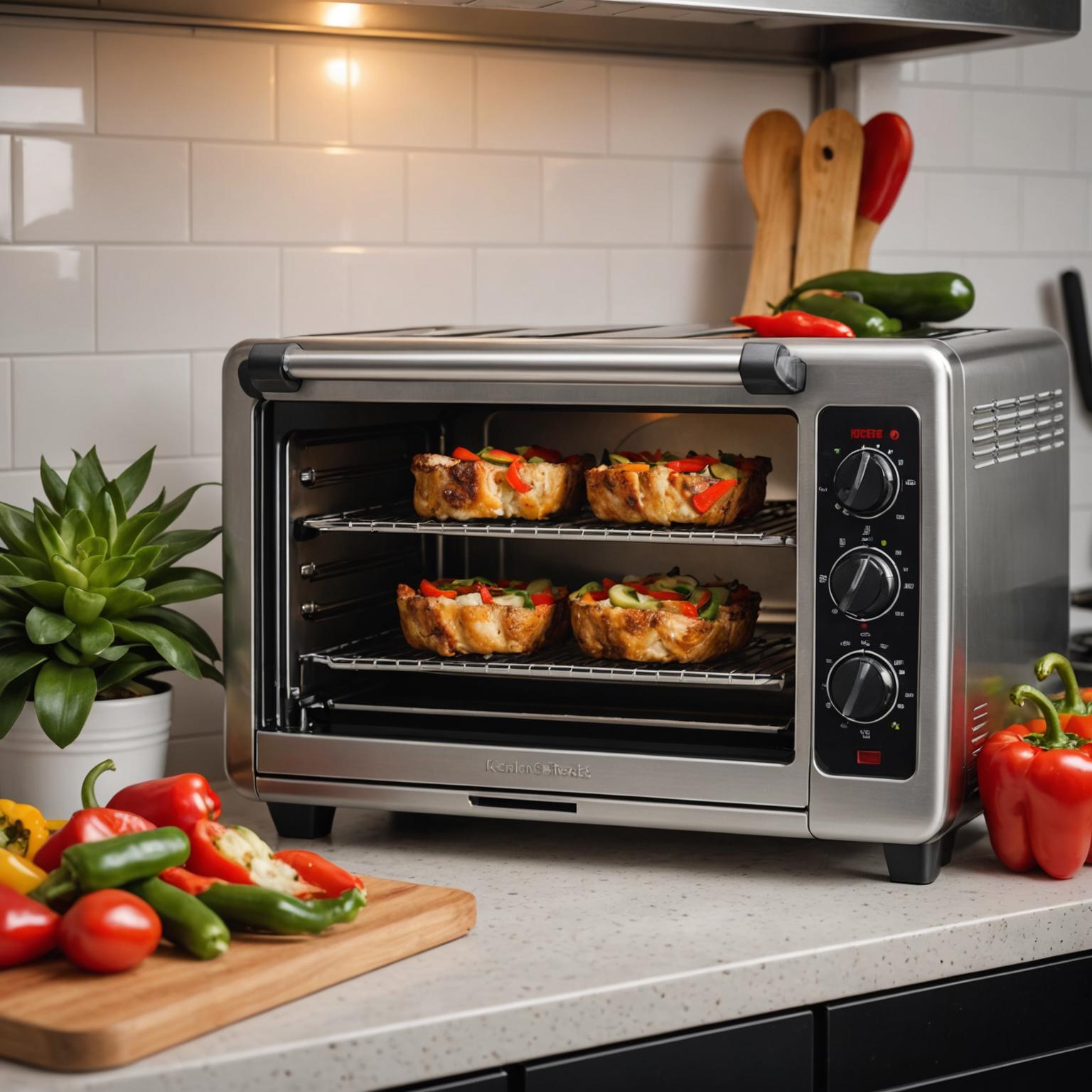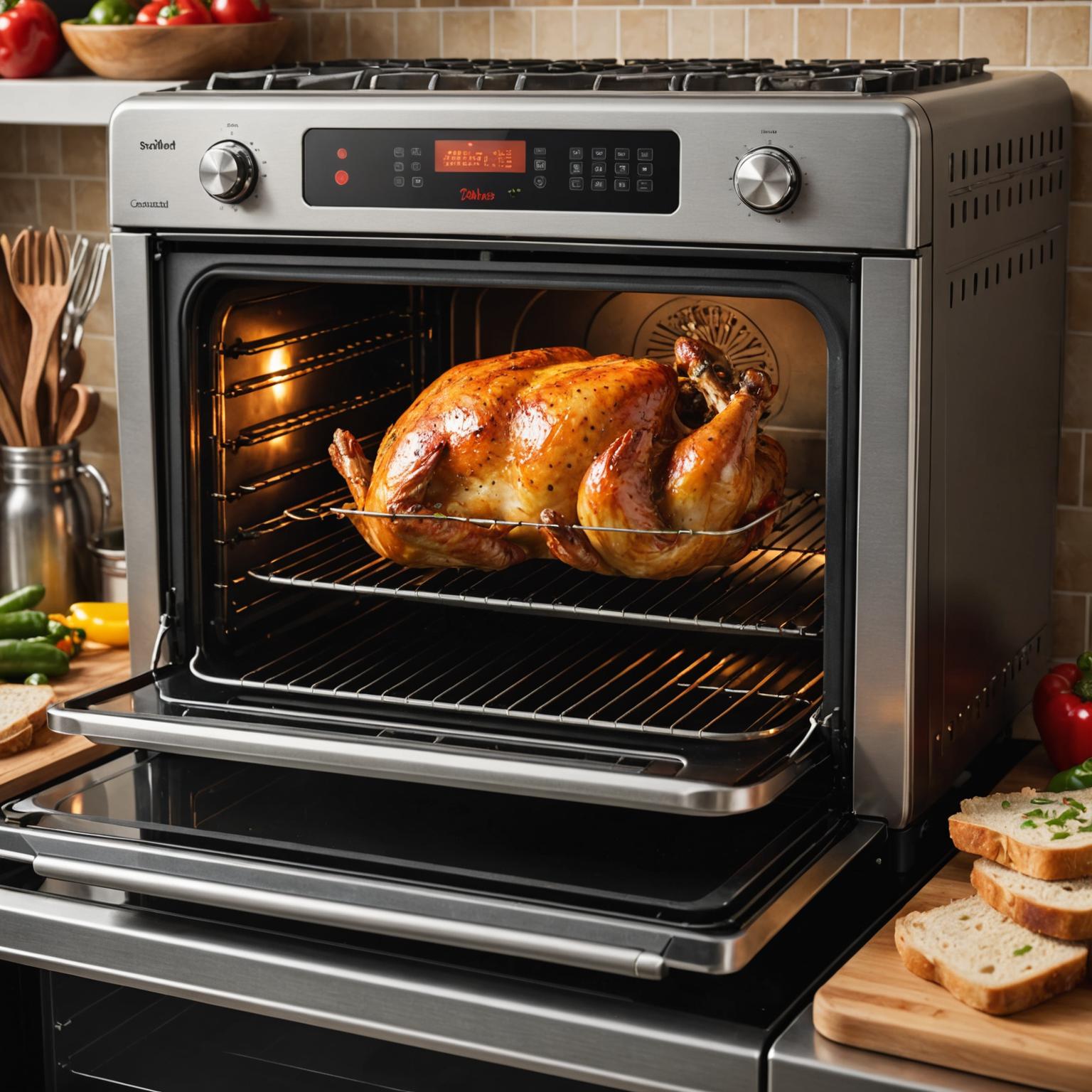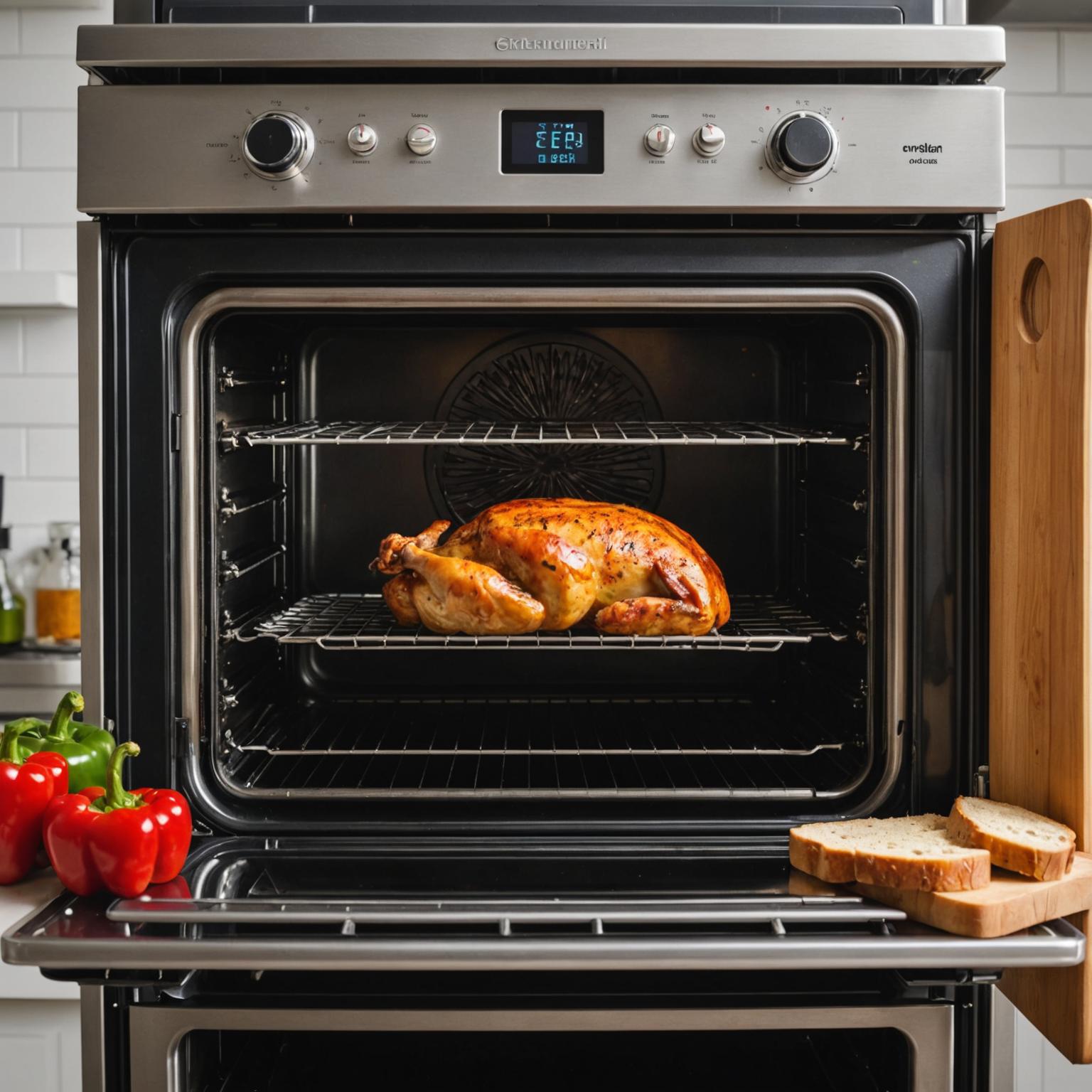From the perfect golden-brown toast on your breakfast table to the immense heat required in industrial manufacturing, a core component is often working silently behind the scenes. The Resistance Heating Tube is a fundamental piece of technology that powers countless applications, translating electrical energy into thermal energy with remarkable efficiency. A perfect example can be seen in modern kitchen appliances like the Sequoia Elite Toaster Oven, where its advanced heating element provides the uniform, consistent heat needed for everything from grilling kebabs to baking. This simple yet powerful device is the cornerstone of modern thermal processing, showcasing its versatility in both domestic and commercial environments.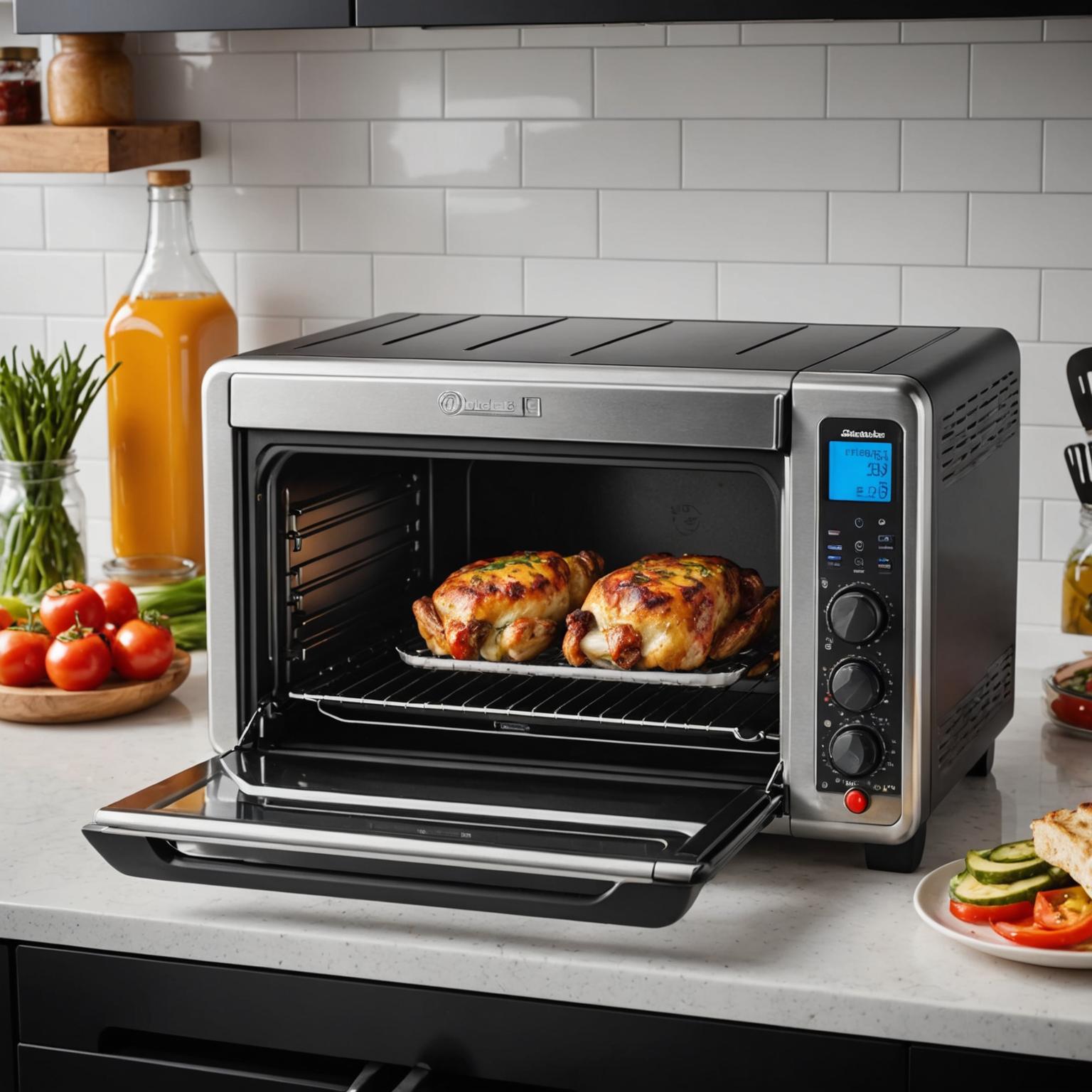
The Science Behind Resistance Heating Technology
At its heart, Resistance heating technology operates on a simple principle known as Joule heating. When an electric current is passed through a conductor, it encounters resistance, and this opposition to the flow of electricity generates heat. Electric resistance heaters are designed to maximize this effect by using materials with high electrical resistivity, such as nickel-chromium alloys. The design of the tube itself is crucial; it must safely contain the heating element, protect it from the external environment, and effectively transfer the generated heat to the target substance or space. The choice of materials and construction varies widely depending on the required temperature, environment, and lifespan, making the engineering behind these components both a science and an art.
Applications Across Industries
While a toaster oven demonstrates the principle on a small scale, the true power of this technology is most evident in its industrial applications. The Heating tube for industrial use is a critical component in furnaces, kilns, ovens, and liquid heating systems across sectors like metallurgy, chemical processing, and manufacturing. For processes that demand extreme temperatures, specialized High-temperature heating tubes are engineered to withstand punishing conditions, often exceeding 1000°C. These robust components are essential for tasks such as heat treating metals, drying materials, and facilitating chemical reactions, providing the reliable and controllable heat source that modern industry depends on.
Innovations and Efficiency
As the global focus shifts towards sustainability, the demand for Energy-efficient heating tubes has grown significantly. Manufacturers are responding with exciting Heating tube innovations aimed at improving performance while reducing power consumption. Advancements in material science have led to alloys that offer higher efficiency and longer service life. Furthermore, improved designs that optimize heat transfer and integrated smart controls allow for more precise temperature management, minimizing wasted energy. These developments ensure that resistance heating remains a competitive and environmentally conscious choice for a wide range of applications, from sophisticated home appliances to large-scale industrial machinery.
Choosing the Right Supplier
Given the critical role these components play, selecting from qualified Resistance tube suppliers is paramount to ensuring operational safety, efficiency, and longevity. A reputable manufacturer will demonstrate a commitment to quality through internationally recognized certifications and standards. For instance, companies that adhere to ISO 9001 and ISO 14001 management standards, and whose products are certified by bodies like VDE, TUV, UL, and CE, provide a high level of assurance. These credentials indicate rigorous testing, quality control, and a dedication to meeting diverse customer needs. Partnering with such a supplier guarantees that the components you receive are not only effective but also built to the highest standards of safety and reliability.


